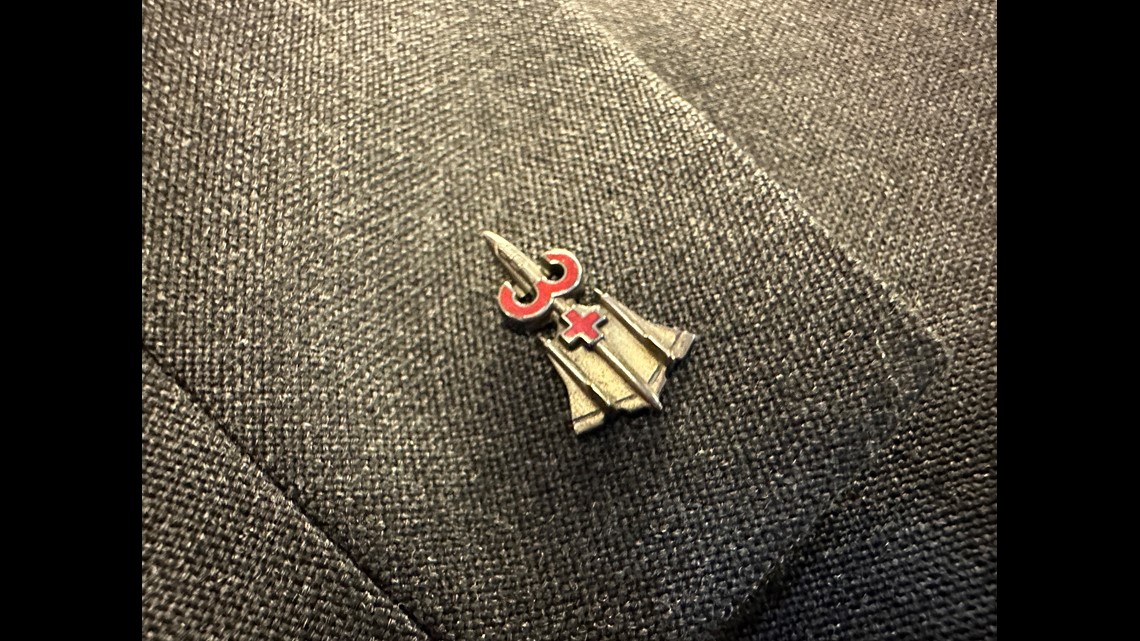KNOXVILLE, Tenn. — On the record-setting day Air Force Lt. Col. Ed Yeilding set the coast-to-coast speed record in an airplane, the veteran pilot recalls a few hiccups after take-off in the SR-71 Blackbird.
The key dilemma threatening the flight centered on a quirky fuel gauge. It read 74, 000 pounds of fuel and Yeilding and his navigator needed 80, 000 pounds to make their record run across the country. That’s when the veteran pilot made this call.
“I think the gauge is just lying to us," Yielding said. "And then we have our full 80,000 pounds. So (I told Lt. Col. Vida) I think I want to fly it as planned. He said, 'Okay.'”
After punching the afterburners and getting a “running start” at Mach 2.5 toward the west coast one fuel tank, Tank 6, shut off early. The experienced pilot used a manual workaround.
“All of a sudden, Tank 6 pumps came on and stayed on…I'm happy that we're going to be able to complete our mission," he said about a plane now on display in the Smithsonian in Washington, D.C. "Because if we hadn't got that extra fuel we didn't have enough fuel to we didn't have enough fuel to fly those speed records."
March 6, 1990 Speed Records in the SR-71 Blackbird:
- Coast to coast: 67 minutes 54 seconds
- LA to DC: 64 minutes 20 seconds
- KC to DC: 25 minutes 59 seconds
- St. Louis to Cincinnati: 8 minutes 33 seconds
The record-setting crew consisted of Lt. Col. Raymond E. Yeilding and Lt. Col. Joseph T. Vida.
The SR-71 Blackbird was designed in the 1950s and served as a pivotal surveillance tool for the US military for almost three decades.
“The SR-71 was built to be a reconnaissance jet, the world's fastest highest flying airplane so that we would not be shut down and flying in dangerous areas of the world. So that was our mission,” Yeilding, who flew the airplane on secret missions for almost six years, said.
Missions so secret, Yeilding never saw the film from the pictures he and his co-pilot snapped of targets looking down from 80,000 feet.
“We would land and they would take the film, and take it to an area that we were not clear to be," he said. "We processed the film, studied the film and they would send the results to our national intelligence agencies.”


In all, the US built 32 SR-71 Blackbirds at a cost of $34 million per plane.
“The airplane was, was dangerous to fly, you had to be... we were highly trained in their aircraft," Yielding said. "Through its 25 years of service, about a third of all Blackbirds were crashed for various reasons. But most all of those were in the early years of learning to fly the airplane."
A man who has literally flown faster than a speeding bullet also calls his six years in the cockpit of the SR-71 Blackbird, his dream job.
“I was 15 years old when I first learned about the Blackbird and I thought, 'Man, I'd love to fly that plane someday.' So it was a dream come true.”

